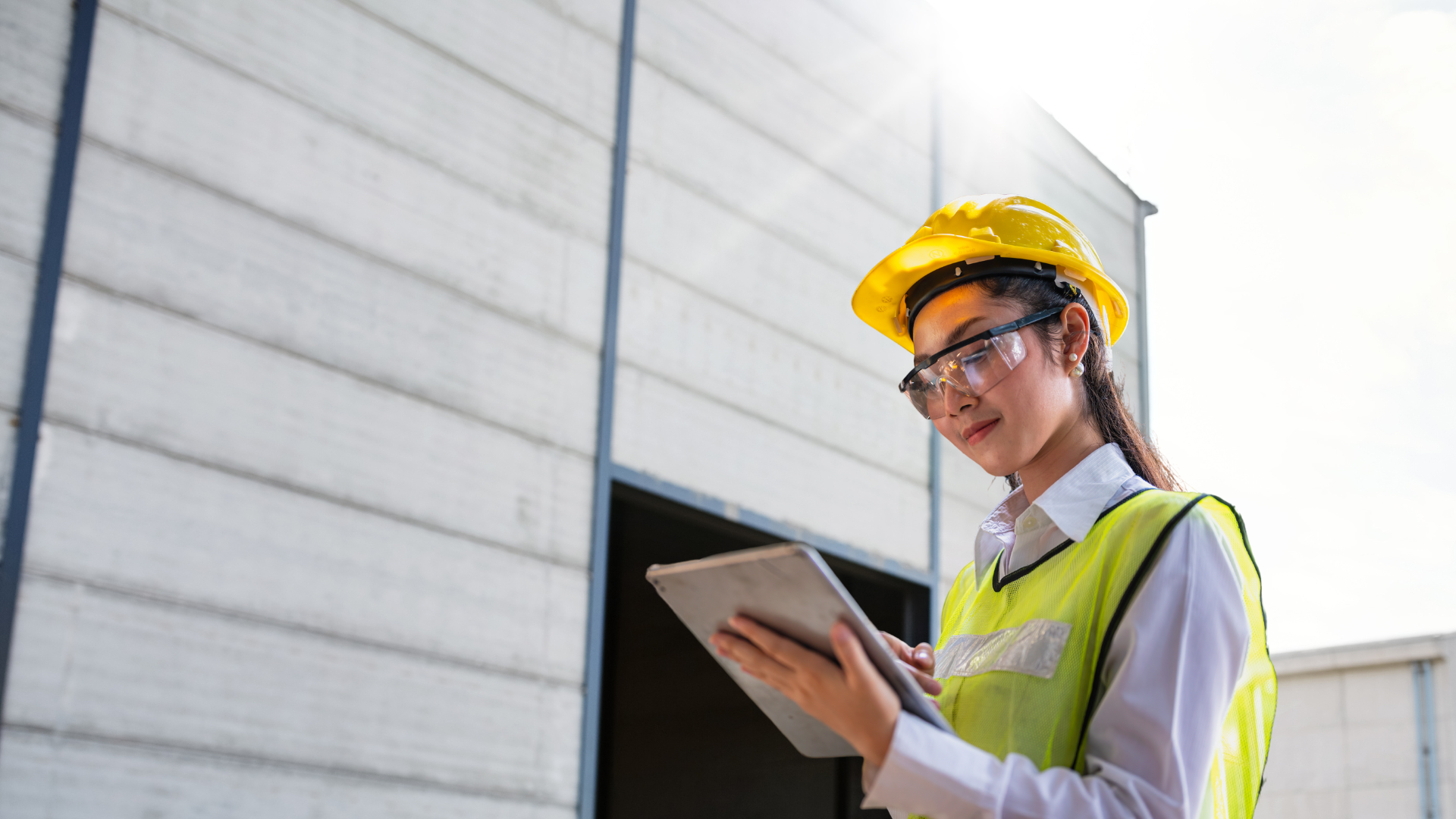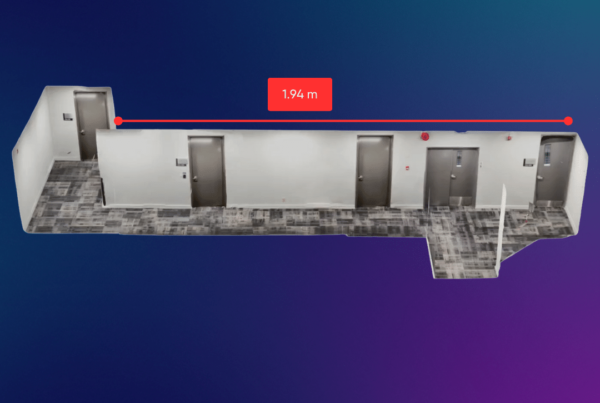Embark on a journey of cutting-edge construction technology with 3D scanning!
The use of 3D scanning technology in the construction industry has become increasingly widespread, and it is now considered a key tool for construction professionals. According to Future Market Insights, 3D scanners for architecture and construction are expected to gain major traction across the 2022-2032 forecast period, with a CAGR of 7.8%. By incorporating 3D scanning into their work processes, construction teams can improve their overall efficiency and accuracy, ensuring that their projects are completed on time and to the highest standards.
With the power of 3D scanning in their arsenal, construction teams can make sure their projects are completed with lightning speed and the utmost precision.
Here are the essential criteria to keep in mind when selecting your 3D camera:
1. Simplicity is the Key: The 3D camera should be easy to use to ensure that the construction and architectural teams can start using the device right away, thereby reducing downtime. Look for cameras that are user-friendly and functional right out of the box, so even those with little to no experience with 3D scanning technology can join in on the fun.
2. Right Range: Consider the maximum and minimum distances the camera can measure, and ensure it can reach all areas of the construction site. There are some 3D cameras that work better with a smaller distance and field of view, making them perfect for object scanning, while others are better with longer working distances making them preferable for scene scans.
3. Apparent Accuracy : The precision of 3D scan data is crucial when making important decisions, particularly in industrial settings where accuracy is of utmost importance. The accuracy of the 3D camera will directly impact the quality of the digital models created and can make or break the success of your construction project. Check the accuracy specifications provided by the manufacturer, and compare them to your specific project requirements.
4. Resolution Revolution: The resolution of your camera is the smallest distinguishable distance between two points in a 3D model. A higher resolution equals more detailed 3D models but also means larger file sizes and longer processing times. Make sure to choose the right resolution based on your intended use.
5. Supported Software: In order to improve the capabilities of their 3D cameras and scanners, manufacturers bundle 3D scanning software that allows users to output the best possible results. To unlock the full potential of your 3D camera, look for one that comes bundled with user-friendly and flexible software. Cloud-based storage and the ability to download your favorite CAD programs are also key features to consider.
6. Environmental Exploration: Some 3D cameras are not suitable for use in harsh environments, such as bright sunlight or dusty conditions. Make sure your camera is ready for the challenges of your specific environment. Remember that most 3D cameras have difficulties scanning shiny silver surfaces, mirrors, and see-through glass.
7. Accessible Adventure: Ensure that the 3D models captured using the 3D camera are easily accessible from any device at any location to provide access to 3D models anytime, anywhere.
8. Plausible Portability: A portable camera is a game-changer, allowing you to scan objects and spaces quickly and easily at different locations. Consider cameras that are lightweight, wireless, and compact for easier movement and relocation. For example, a smaller-size camera works well for hard-to-reach places like electrical rooms or busy garages.
9. Fast and Furious Capture: Faster capture speed means you can scan more objects or spaces in less time, increasing overall efficiency and productivity on your construction site. It also provides room for real-time feedback on the scan results, allowing workers to make adjustments and improvements in real life.
10. Battery Bliss: A reliable battery life reduces the risk of your 3D scanner failing in the middle of a scan, ensuring complete and accurate data. Many construction sites are in remote locations or are new builds with limited or no access to power. Select a 3D camera with longer battery life to prevent workers from having to stop and recharge the device, increasing overall productivity on the construction site. Also, consider the battery’s charging time and the ability to replace the batteries while on site.
11. Affordable Alternatives: Make sure the cost of your camera, including any additional software or hardware, fits within your budget. Consider the trade-off between cost and features, finding the perfect balance for your project. While a lower-priced scanner may have fewer features, it may still be sufficient for your needs. On the other hand, a more expensive scanner may offer more features and capabilities, but may not be necessary for your project.
12. Customer Support Crew: When choosing a 3D camera for construction site use, consider the availability of customer support, including the hours of operation and the methods of communication (e.g. phone, email, live chat) in case of any technical issues. Explore online reviews and customer testimonials to uncover the level of expertise and responsiveness of the support team.
By carefully considering these criteria, you can select the right 3D camera to unleash the full potential of your construction projects and ensure the success of your 3D scanning needs.
Download the Luxolis 3D Scan App today to see how it can help with your next project – it’s free!




